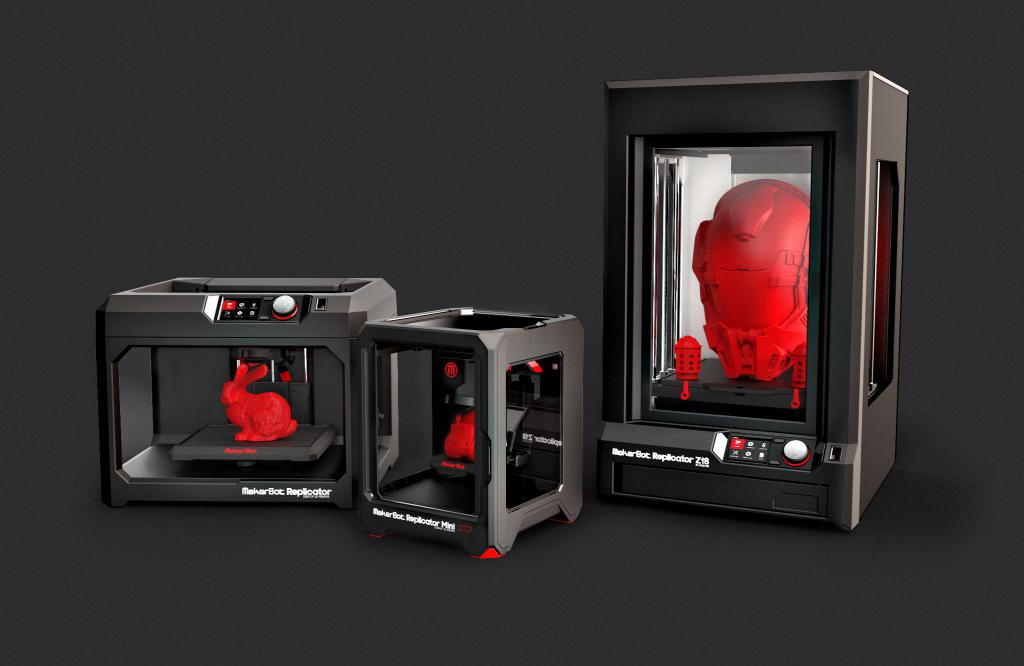The dreams of science fiction come true: we live in a century when artificial intelligence is no longer fiction, and with the help of a printer you can recreate any thing in three-dimensional space. True, the printer for this should be special: with 3D printing. Now these are available for the mass consumer, but many of us still do not really understand how the printing of three-dimensional objects is possible. About what can be done on a 3D printer in this article.
What it is?
First, consider what a 3D printer is. Printing on paper using two-dimensional technology has reached the pinnacle of its development. The market is full of various devices for inkjet, laser printing. Anyone can open an image printing studio at home: printers are so affordable and compact. Therefore, mankind decided to go further - more recently, printers appeared on which it is possible to print three-dimensional objects. What is a 3D printer?
This is a device that uses the method of layering things. The basis is a virtual image in three-dimensional format, which the printer begins to produce layer by layer.
At the moment, there are different devices that can use different materials: from plastic to metal. Thanks to 3D printer technology, it is possible to produce three-dimensional objects of any complexity. Even parts with moving parts will be printed in accordance with the intended layout. This opens up wide scope for various experiments and greatly simplifies life.
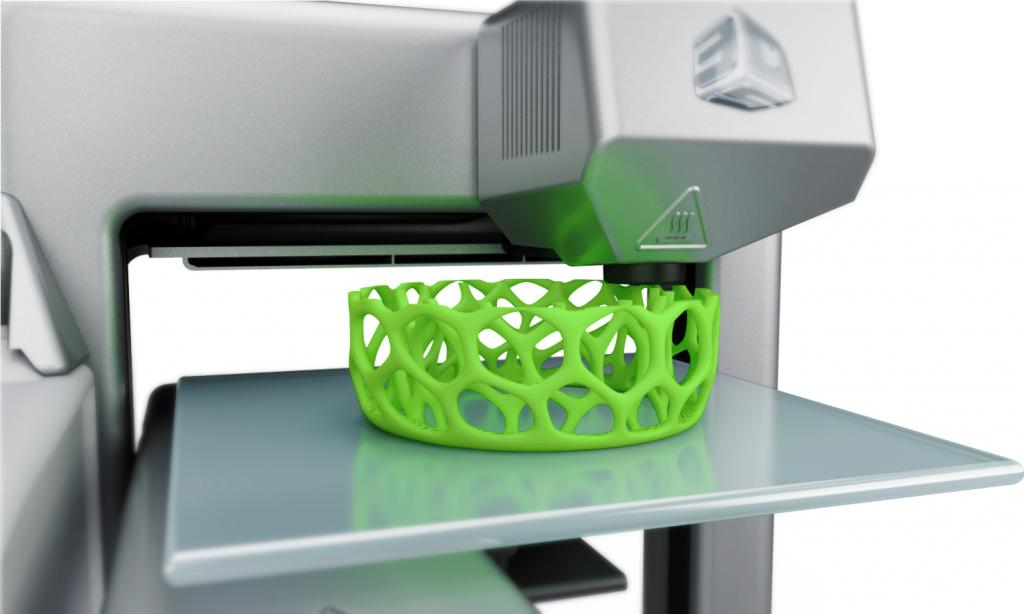
History of creation
Although 3D technologies have become widely known only in the last couple of years, the first models of such printers appeared many years ago. In 1934, Charles Hull was the first to launch a 3D printer that prints an object using digital data. In 1988, a more compact model for home use went on sale, called the SLA-250.
Technology does not stand still. If the first printers printed rather sloppy models, then their “descendants” became more and more accurate. In 1993, Solidscape began producing inkjet printers that focused on the production of small parts with a perfectly flat surface.
But still, demand stimulates production, so the greatest leap in the development of 3D technology was made precisely in the 21st century. In 2005, the first device appeared that was able to print colored objects.
What can be done on a 3D printer? At present, three-dimensional printing opens up hitherto unknown possibilities: almost any thing can be printed on 3D devices - from a blood vessel to dimensional furniture or weapons. Industrial 3D printers can make entire planes and buildings, and more compact home models are often used to produce test models and necessary household items.

Principle of operation
How does a 3D printer work? At the moment, there are many models on the market that use different printing technologies. But the principle is the same for everyone: to process three-dimensional information, the printer divides the digital model into cross sections, which then prints layer by layer. Imagine a stack of paper, where a sheet is a printed layer that has an individual shape. If you add all the sheets together, you get a three-dimensional object with the given parameters.
The difference between the different models is the use of different printing materials and excellent methods of making layers. One of the most attractive and convenient for ordinary users is FDM printing, during which drops of molten plastic are squeezed onto the surface of the base platform.
Pretty soon, such 3D printers will be able to compete with standard production methods. Perhaps in the near future, instead of a visit to the store, it will be enough just to load the corresponding models into the printer and get them without leaving the device.
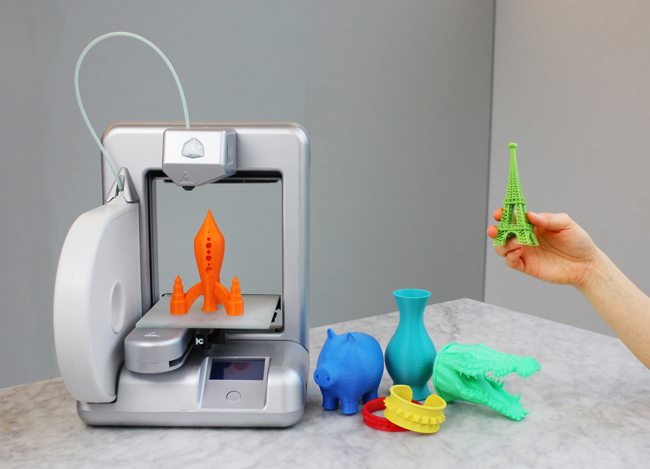
3D printing technology
What other 3D printing technologies can be distinguished?
- SLA technology is most widely used due to its high printing speed A model is made on such a printer using a laser: the beam is directed to the photopolymer, and it hardens. The translucent material is then easily stained and glued.
- SLS technology occurs by sintering powder reagents using the same laser beam. A distinctive feature of this method is the ability to use both plastic and metal materials in the manufacturing process.
- DLP technology is the youngest on the market. 3D printers with a similar printing method are quite compact and use light to form the desired design.
- EBM technology is used for metal printing. To create three-dimensional objects in such industrial 3D-printers, electron beam melting is used. Metal is not very effective at creating small parts with precise shapes. Therefore, metal clay is used in EBM printers, which combines clay ductility and metal hardness. A 3D metal printer allows us to produce not only standard models and things, but also parts of serious structures: airplanes and ships.
- HPM technology (FDM) HPM allows to produce models that do not have analogues at the moment, which have exceptional characteristics. 3D printers with this technology are easy to maintain, compact and suitable for use anywhere from production to office.
- "Manual" printing is no less popular than three-dimensional three-dimensional printer models. Represents such a device as a pen, with the help of which you “draw” a 3D object. Pens use technologies similar to full-fledged 3D printers: smelted material is released from the tip. With proper dexterity, you can create fairly accurate models and figures.
A wide range of three-dimensional printers allows you to choose the device specifically for your purpose and budget.
3D color printing
This technology allows you to get all the available colors in full. Models printed on 3D printers are usually easy to dye. But on color models, giving the figure the desired color occurs directly during printing.
Using this printer, you can create not only bright, but also realistic objects of various shapes and sizes. Such devices are especially popular among designers, who often create art objects with their help.
How does color printing work? First, a layer of the base material is formed by the device, and then, with the help of a moving head, droplets of the adhesive substance are painted on it, painted in the desired shades.
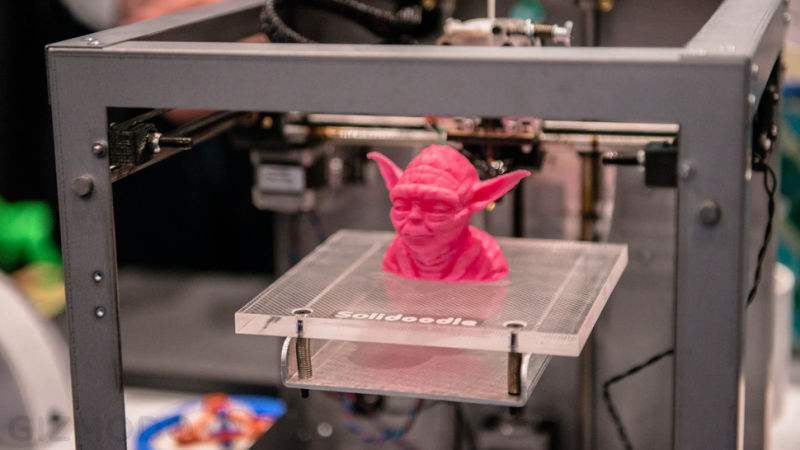
3D printer applications
3D printing technology has opened up enormous opportunities for production in almost all the most important areas of human life. What can be done on 3D printers, and where are they used?
- Production of weapons. Do you think a plastic gun will not work? Even as it will be! This was proved by a US citizen who carried a full-fledged plastic firearm into the airport, which could not be detected on metal detectors. And in 2012, Defense Distributed introduced a weapon that anyone can print at home on a 3D printer with the appropriate model.After that, the United States passed a law banning the use of three-dimensional technology in the manufacture of weapons.
- Building a house is now even easier: 3D technology has come into the construction industry. The first house was “printed” in 2014, and the whole building, made using 3D printing, was presented to the general public in 2016.
- In production, three-dimensional printing can significantly accelerate the manufacturing process of parts.
- Test 3D printers are currently capable of reproducing human organs. For this, cells of the desired type are applied to a special biological base. But this technology is still under development.
- But in the field of prosthesis manufacturing, 3D printers are already actively used. With their help, various implants are produced: particles of bones and cartilage.
- Three-dimensional printers are also involved in the creation of expensive equipment: for example, the Polecat unmanned aircraft was almost completely manufactured using 3D technology.
As you can see, the answer to the question of what can be done on a 3D printer is quite extensive. Most likely, this area will continue to actively develop, and will bring many advantages of human civilization. The possibilities of a 3D printer are almost endless.

3D Printing Features
Those people who want to buy such a device at home are probably wondering where to get plastic for a 3D printer. At the moment, supplies can be freely purchased at any store in major cities.
Different plastics have different compositions, which means that the features of the finished product vary depending on the material used. What types of plastic can be found on the market?
- ABS plastic has the highest strength and is very resistant to shock.
- PLA and Laywood are the most environmentally friendly. They are made from natural materials: corn, sugarcane or wood. After the end of their service life, products made from such material can be recycled.
- WATSON is known for its translucent texture. They like to use this type of plastic in test models of mechanisms when it is necessary to observe what processes occur inside, for example, a car.
- Acrylic or PMMA are most popular, especially in home use. This material is durable, durable and unpretentious.
A wide variety of plastic for 3D printers allows you to choose a composition that is suitable for specific purposes.
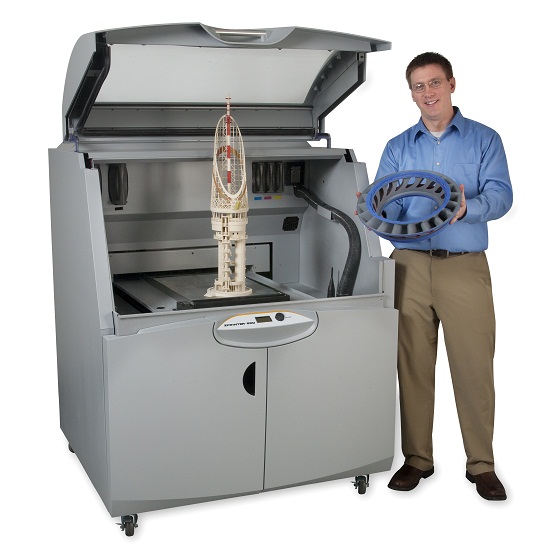
Cost
Prices for 3D printers depend on the scale and purpose of the machine. Home devices can be purchased for 160-180 thousand rubles. They will be able to produce simple models and parts. Small Chinese prototypes can also be found for 16-30 thousand, but they do not show their best in work.
The cost of manufacturing 3D printers for metal or plastic starts at 1.5 million rubles and reaches astronomical prices for the latest market innovations.
Customer reviews
What reviews are written by those who, in their own experience, tried to print three-dimensional images? People buy 3D printers mainly for themselves, in order to satisfy their interest and print interesting and unusual things, or for business. And those and others are usually satisfied with the purchase, but they recommend that you first carefully read the reviews on the products of a company. Your impressions of 3D printing will depend on print quality.
3D printer manual
How to use a 3D printer? First you need to install special software on your computer or laptop. After installing the firmware and connecting the printer, you can go to the settings. Typically, three-dimensional printing uses a huge variety of parameters that can be entered in the corresponding tab of the program. You may need to experiment a bit at this point to get the perfect result. Then you should load the 3D model into the program and start printing.
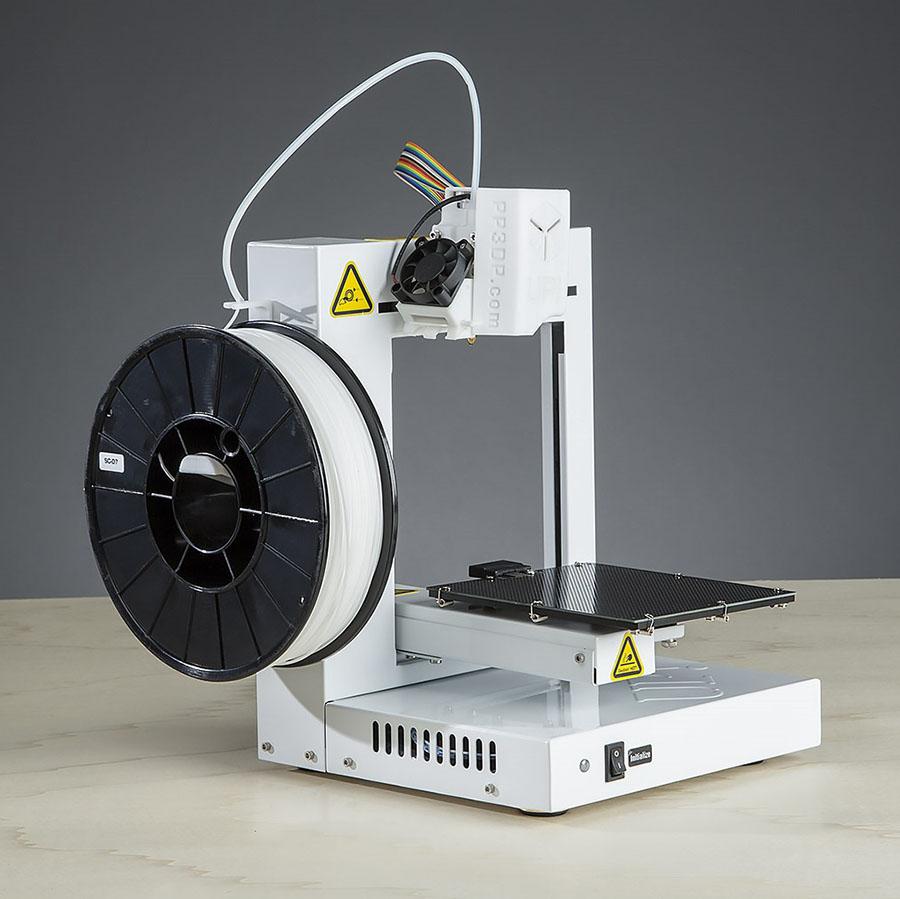
Summary
3D printers have a great future.Just imagine, you can send a three-dimensional layout to the other end of the world, where it will be printed in a couple of hours. How could people believe in something like this 10-20 years ago? The new printing technology hides a huge potential, and who knows what the future will be in the world of 3D printing.
